Grocery Guides
Wine: Types, Origin, Pairings, and More!

What is wine?
In 2020, the world’s population consumed an estimated 234 million hectoliters of wine! Wine is an alcoholic drink typically made from fermented grapes. All wine is made from grapes of the Vitis Vinifera genus. However, there are over 10,000 different subspecies or cultivars. For example, Cabernet Sauvignon, Merlot, Sauvignon Blanc, Chardonnay, and Pinot Noir.
Where does wine come from?
Climate, terrain, and soil quality are vital aspects in determining the character of the wine grapes grown. Much of the world’s wine is produced in the Mediterranean region (for example, Italy, France, and Spain) or areas with a Mediterranean climate (for example, South Africa, coastal California, South-Western Australia, and central Chile). In fact, there are few countries where wine is not produced. Generally, wine is made where grapes will grow. And, with the ever-changing climate, regions that were previously unsuited to wine grape production are now producing their own wines—for example, England and China.
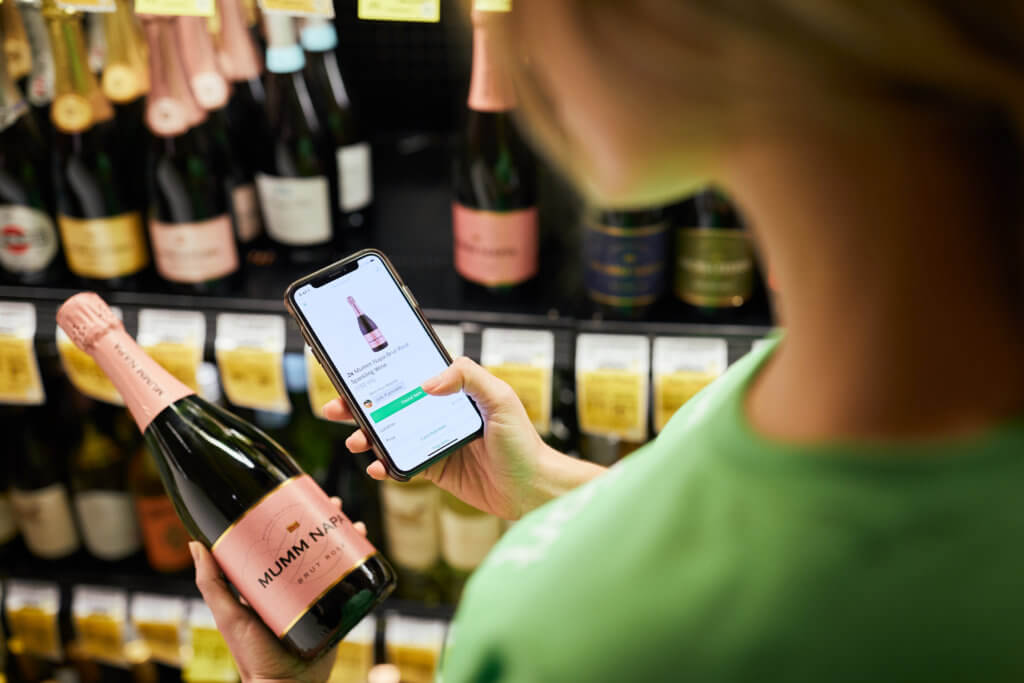
How is wine produced?
White wine is made from white or red grapes or a combination of both. Red wine is made from red (or black) grapes. More recently (in wine terms), pink wines have come into play too. Pink wine, blush, Rosé, or Blanc de Noir (French for white from black) can be made from white grapes, ‘grey’ grapes (for example, Pinot Gris), red grapes, or a combination of any of the three types.
Depending on the cultivar, grapes are harvested towards the end of Summer or at the beginning of Autumn. The grape bunches are transported to the winery, where they are destemmed and crushed. Pressing breaks the grapes’ skins, allowing the juice to flow out and mix with the yeast cells naturally present on the grape skins. The grape juice is quickly separated from the stems, skins, and pips if white wine is being made. This is to prevent tannins and color from leaching into the wine.
Natural yeast fermentation of the grape sugars usually begins within 6-12 hours. Fermentation can take place in large stainless-steel vats, wooden barrels, or concrete tanks. Each of these will impart different characteristics to the finished product. Generally, fermentation takes 1-2 weeks to reach completion. Most wines are made in a ‘dry’ style. This refers to grape juice being left to ferment until most sugar is converted to alcohol and carbon dioxide.
Some winemakers will choose to filter, fine, and/or clarify the wine at this point. After that, the wine is pumped into stainless steel tanks, oak barrels, or cement vats for maturation. The time spent maturing depends on the cultivar and style of wine. Generally, white wines are matured for shorter periods than reds.
Once the wine has reached optimal maturity, the different tanks or barrels may be blended and bottled. Some wine producers will choose to bottle age the wine for some time before releasing it to market.
How to select the best wine for a dinner party
There are so many theories about how to pair wines with food. But it is subjective, and you should trust your palate and preferences to decide what works best for you. Here are a few basic guidelines:
- Fish dishes pair well with lighter, unoaked white wines. A crisp Blanc de Noir will also work nicely with shellfish.
- The spice of Asian-inspired cuisine lends itself to a richer white wine—something with a bit of barrel maturation. A white blend or the fruit-forward, spicy single cultivar wines such as Viognier, Riesling, and Gewurztraminer wines should match well.
- White Zinfandel will pair nicely with crab cakes, a creamy pasta dish, or roast lamb.
- The earthy, forest floor characteristics typical of Pinot Noir wines pair well with mushroom dishes and vegetarian pasta with tomato-based sauces.
- Serving up a smashing rib-eye steak and bearnaise sauce? Pair it with a full-bodied Cabernet Sauvignon.
You can easily shop for wine via Instacart. After adding a product to your cart, use the “Instructions” option to notify your Instacart shopper about any preferences or specific directions on how to choose the right bottle for you.
Grab it now on Instacart:

How to store wine
Wine does not keep as indefinitely as other spirits. The lower alcohol percentage means that wines stored incorrectly can oxidize, losing color, flavor, and palatability. Ideally, wine should be stored in a dark room or cupboard at European room temperature. In other words, between 52-57°F (or 11-14°C). If you want to get technical, the humidity of the storage area can also play a role. Too dry, and the cork will dry out, shrink, and crack, exposing the wine inside the bottle to air, leading to oxidation/deterioration. However, most of us do not store our wines long enough for this to become an issue! In fact, almost 90% of wine bought in the U.S is consumed within the first 2 weeks of purchase.
Unopened wine can be stored for 1-5 years, even longer if it has aging potential. Once you have opened a bottle of wine, it is best to consume it within 2 days. This depends on the type and quality of the wine, of course.
What should I look for when buying wine online?
A search for wine can leave you feeling a bit overwhelmed. To help you narrow the selection down, here are a few questions that you can ask yourself:
- What style of wine am I looking for—white, pink, red, sparkling, sweet, or dry?
- What price point am I comfortable with?
- What is the occasion? An everyday glass of wine with dinner or something for a special occasion?
- Am I in the mood for something local (a Californian Chardonnay) or foreign (an Argentinian Malbec)?
- What am I pairing this wine with? Meat, vegetables, cheese, or something else?
- Am I going to open this wine right away or will I be storing it for some time?
Choose Instacart for your next alcohol delivery
For contactless, same-day delivery of your spirits, beer, and wine, choose Instacart. Make your selection from national and international wine stores, grocery stores, and supermarkets near you. All from the comfort of your own home!
Most Recent in Grocery Guides

Grocery Guides
15 Tasty Ice Cream Alternatives: Yogurt, Shaved Ice & More
Ice cream has been a beloved treat for generations. With its rich flavors and smooth texture, it’s no wonder people choose ice cream when looking for dessert. However, as dietary restrictions and health consciousness evolve,…...
Apr 10, 2024![When Is Artichoke Season? [Recipes + Guide]](https://www.instacart.com/company/wp-content/uploads/2024/03/when-is-artichoke-season-hero-447x224.webp)
Grocery Guides
When Is Artichoke Season? [Recipes + Guide]
Quick Answer When is artichoke season? In North America, artichoke season is from March to May, with smaller batches in October. Artichokes are a unique and versatile vegetable known for its tender heart and delicate…...
Mar 6, 2024
Grocery Guides
Brown Eggs vs. White Eggs: How Are They Different?
Eggs are an essential ingredient in many sweet and savory recipes. The possibilities are endless when it comes to using these protein-packed powerhouses — you can scramble, fry, boil or poach eggs, or you can…...
Feb 24, 2024

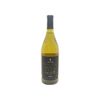

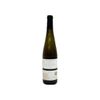
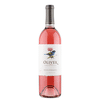
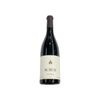


 Squash – All You Need to Know | Instacart Guide to Fresh Produce
Squash – All You Need to Know | Instacart Guide to Fresh Produce  Ghost Pepper – All You Need to Know | Instacart Guide to Fresh Produce
Ghost Pepper – All You Need to Know | Instacart Guide to Fresh Produce  Sprouts – All You Need to Know | Instacart Guide to Fresh Produce
Sprouts – All You Need to Know | Instacart Guide to Fresh Produce 

